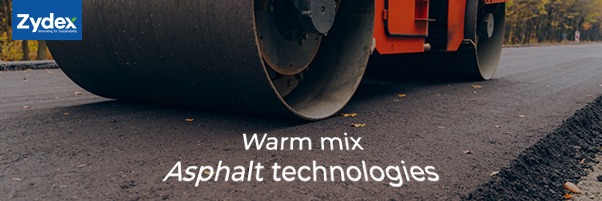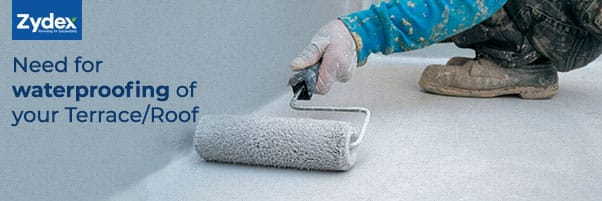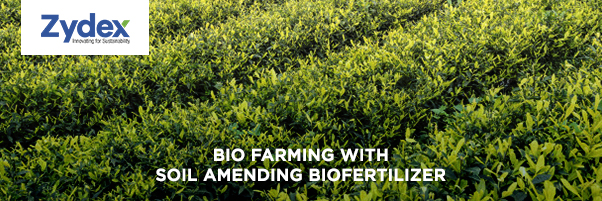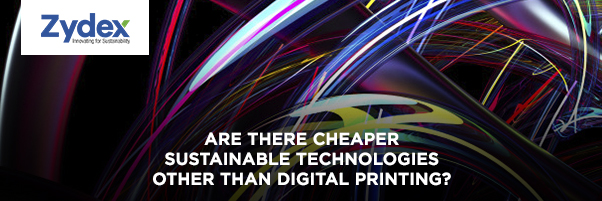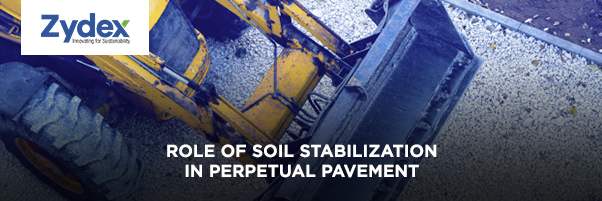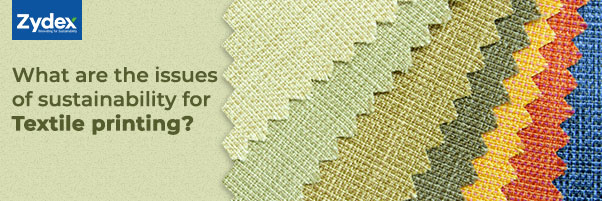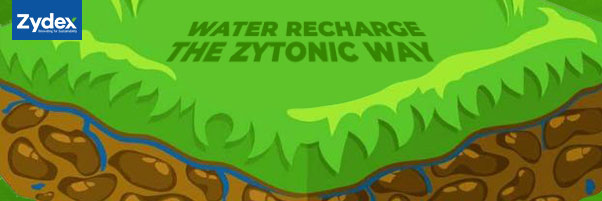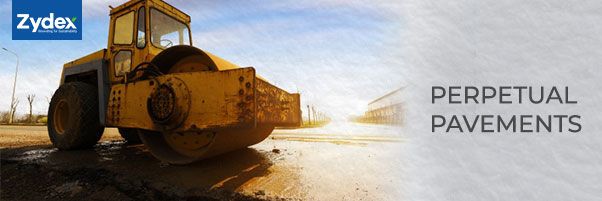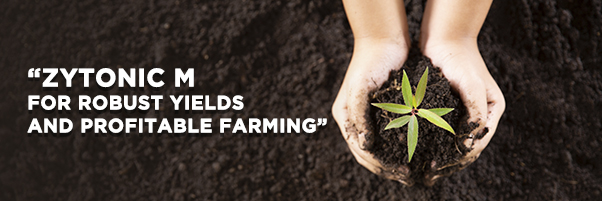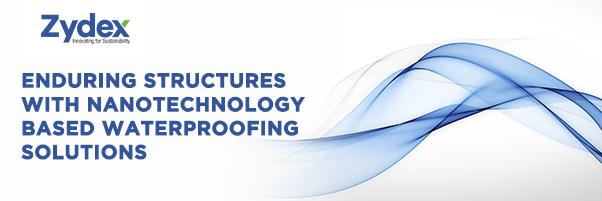Warm Mix Asphalt (WMA) is a variant of Asphalt that allows the production and placement of asphalt mixes at lower temperatures, which translates to energy and cost savings. There are a wide variety of additives based on different technologies that allow the production of Warm Mix Asphalt mixes. These technologies can be classified as:
1.Foaming
2.Organic Additives
3.Chemical Additives or Surfactants
Foaming signifies the introduction of water into the asphalt mix, which, due to the high temperature of the mix, gets converted into steam, and generates bubbles that causes foaming of the bitumen binder. This expansion reduces the viscosity of the binder which facilitates aggregate coating and compaction at lower temperatures. However, the involvement of water in the foaming process makes these mixes more susceptible to moisture damage, resulting pavement distresses such as rutting, during its service life.
Additionally, the use of organic additives such as waxes, is also an adopted practice for the production of Warm Mix Asphalt. However, it has been found that waxes affect the fatigue and low temperature performance of these mixes. The melting point of the waxes in the range of 85 – 1150C, allows it to be completely soluble in the binder. It lowers the viscosity of the mixes, thereby facilitating free movement and coating of the aggregates. However, during the cooling phase, waxes have a tendency to crystallize, which increases the stiffness of the mix, and causes the problems of workability and density achievement.
Moisture damage results in poor adhesion between bitumen and aggregates, resulting in loss of cohesion, which results in the loss of stability. Chemical additives or surfactants are relatively newer technology for war mix asphalt that works at the microscopic interface level of the aggregates and bitumen. They facilitate easier movement of mixes, leading to better workability and requires relatively lower energy levels for mixing and compaction. Some of these warm mix asphalt additives also improves the coating efficiency in the mixes, thereby preventing adhesion failures.
Zydex offers next generation warm mix asphalt technology thatreduces the surface tension of the mixes to enable faster and better coating. It enables temperature reduction during mix production and compaction. It provides better workability to enable cold climate paving and also facilitates consistent & easy compaction, even at low ambient temperatures.
These technologies have enabled the use of Warm Mix, providing both environmental benefits as well as better working conditions, thus allowing us to take a step towards a greener & sustainable future.


